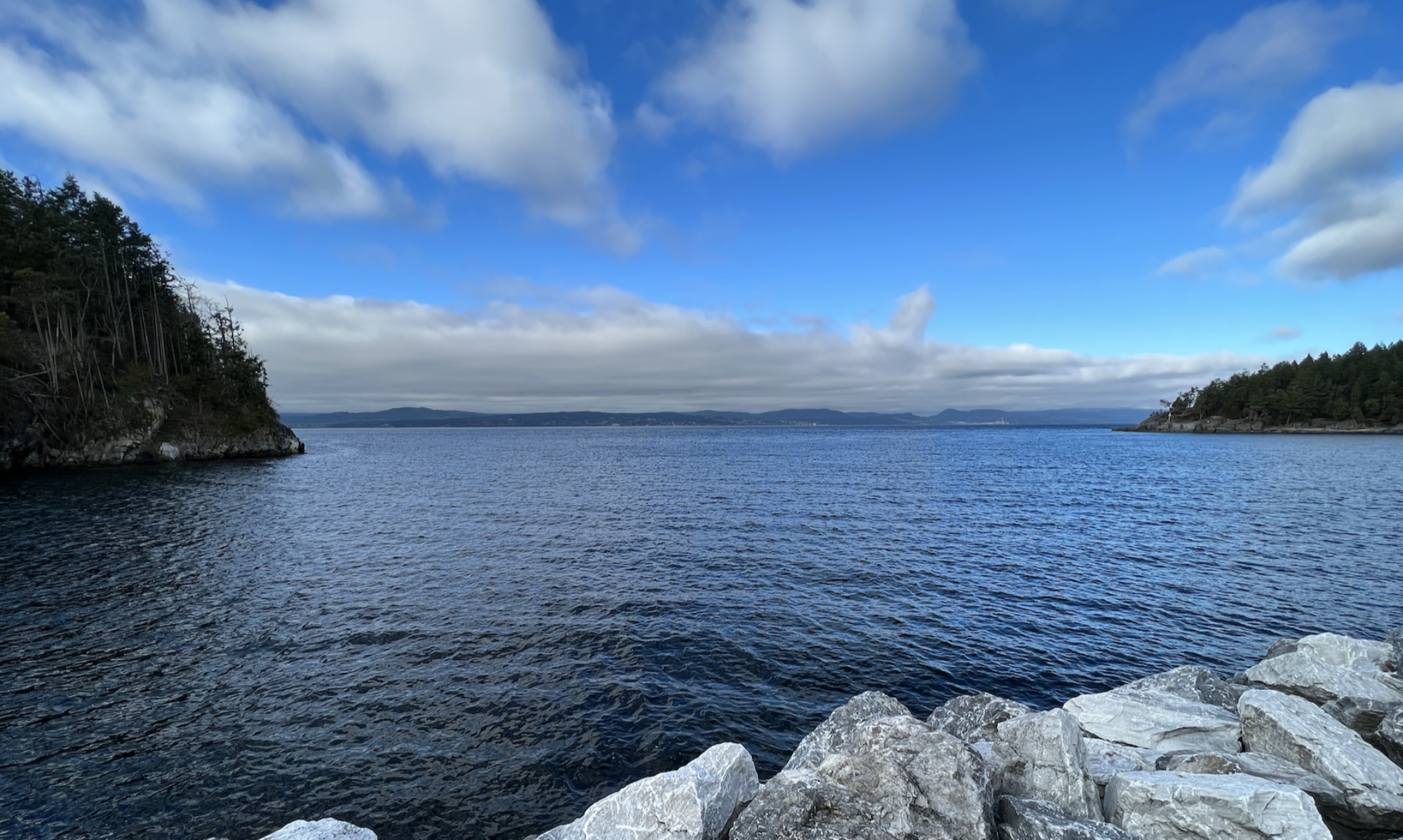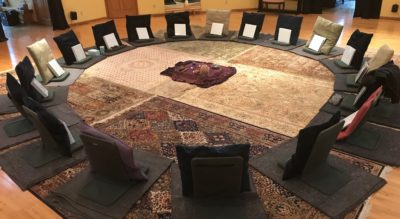
Transformational relational — this is a term that I had a colleague share recently from some work that we held together. It’s a mouthful, nine syllables in just two words. But it’s rather simple too, and gets to the core of so much of the facilitation, community, and team work that I do.
Transformational is about deep change. It’s not just the ordinary. It’s not just any average thought. Transformational has energy of moving from one state to another. It’s not just warmer. It’s when water becomes steam. It’s not just a different caterpillar. It’s a new creature, the butterfly.
Relational is some of the deep how of the transformational. This is the communal and social aspect of things. So much of my work is about methodologies for interaction and for creating connection. But even that statement, is a bit misleading — that’s some of the “just warmer” of relational. The deeper why and how is about creating access to a wholeness that comes from both us as individual people, and, from what we are as a group.
OK, that’s a lot. It’s etherial. It’s mystical. It’s inherently inviting too — people love the wholeness when they rediscover even just a bit of it. It also is complicated.
There is a narrative that I’ve been using that I think simplifies this, or perhaps, creates a more simple path in to the wow of transformation through relation. It’s really a couple of simple questions and premises that I build into most of this work.
- What is it like to be you? This is the most basic question I know to helping any of us reclaim more of what we are and who we find it. This is not a question in which you can ever say everything. It just points in the right direction to invite an inherent wholeness.
- What has your attention? There are no wrong answers here. This is just about becoming a good, or perhaps willing noticer. If it’s a news report, that’s what it is. If it’s the cup of coffee you had, that’s what it is. Of course there are likely hundreds of things that have our attention at any moment, 8-10 of which we can be consciously aware of. This question is more about permission to follow some of it.
- What’s that go to do with who you are or who you are becoming? This question rests on the premise that inner is connected to outer and that what is happening now is connected to the longer arc of the past, or the desire of the future. It rests of the reality that by being even moderately associative (the cup of coffee has my attention because it perks me up in the morning — I like the feeling of being perked up and feel it is needed for the work with do), we can find access to more of the bigger picture.
I’ve used variations of these questions hundreds of times with groups. Even if just held in momentary container, my observation is that they open up something in people. There is freedom. There is invitation. That points to being welcomed to show up more, or in more wholeness — which is, well, what so many of us are seeking both personally and organizationally.

